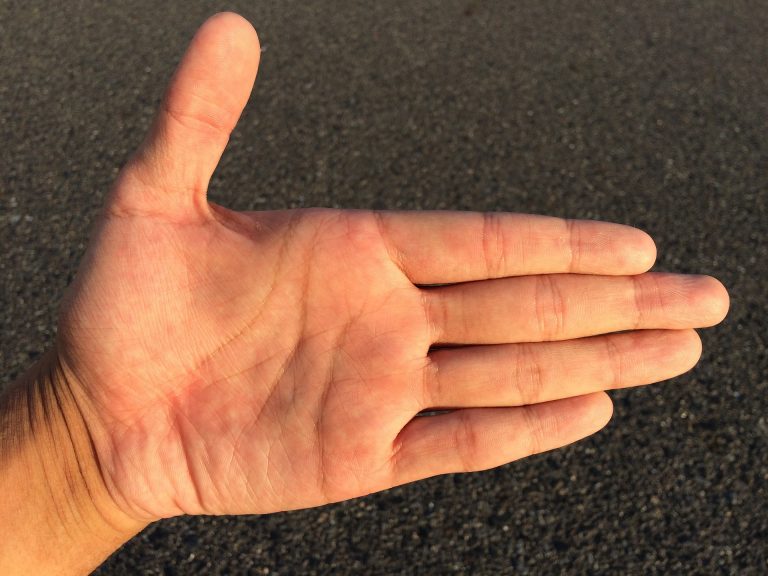The Science and Controversy of Magnet Therapy: A Comprehensive Exploration
Introduction
Magnet therapy, also known as magnetic therapy or magnotherapy, has intrigued both researchers and the general public for centuries. It involves the use of static magnetic fields generated by magnets to purportedly alleviate pain and promote healing in various conditions. While proponents tout its benefits, skeptics question its efficacy and scientific basis. This article delves into the history, mechanisms, clinical evidence, and controversies surrounding magnet therapy to provide a comprehensive understanding of its place in modern medicine.
Historical Background
The use of magnets for healing dates back thousands of years, with ancient civilizations such as the Egyptians and Greeks documenting their therapeutic properties. Magnets were believed to have mystical powers and were used to treat a wide array of ailments, from arthritis to insomnia.
In the 16th century, Paracelsus, a Swiss physician and alchemist, wrote about the healing properties of magnets. He believed that magnets could draw disease out of the body, paving the way for centuries of experimentation and belief in magnetic therapy.
Mechanisms of Magnet Therapy
Magnet therapy is based on the principle that magnetic fields can influence the flow of energy in the body and promote healing. Proponents suggest several mechanisms through which magnets might exert their effects:
- Bioelectromagnetics: It is theorized that magnetic fields can interact with the body’s own electromagnetic field, potentially altering cellular activity and biochemical processes.
- Blood Flow: Magnets are thought to improve blood circulation by affecting the iron in hemoglobin, thereby increasing oxygen delivery to tissues and promoting healing.
- Pain Modulation: Magnetic fields may influence nerve activity and pain perception, possibly providing relief from chronic pain conditions.

Types of Magnets Used
Magnets used in therapy can vary widely in strength and application. They are typically classified into two categories:
- Static Magnets: These are permanent magnets that produce a steady magnetic field. They can be incorporated into jewelry, wraps, mattresses, and other wearable devices.
- Electromagnetic Therapy: This involves the use of electromagnets that produce variable magnetic fields. Devices such as magnetic resonance imaging (MRI) machines utilize this technology for diagnostic purposes, but lower-strength versions are also used in therapeutic applications.
Clinical Evidence and Research
The scientific community remains divided on the efficacy of magnet therapy due to the mixed results from clinical studies and the challenges in designing robust trials. While some studies suggest potential benefits, others fail to demonstrate significant effects beyond a placebo effect.
Positive Findings
- Pain Relief: Several studies have reported that magnet therapy may alleviate pain in conditions such as osteoarthritis, fibromyalgia, and lower back pain.
- Sports Performance: Athletes have explored the use of magnets to potentially improve endurance, reduce muscle soreness, and enhance recovery times.
Challenges and Criticisms
- Placebo Effect: Many researchers argue that any perceived benefits of magnet therapy could be attributed to the placebo effect, where individuals experience improvements simply because they believe the treatment will work.
- Study Design Issues: The quality of research on magnet therapy varies widely, with many studies lacking proper controls, blinding, and large sample sizes necessary to draw conclusive results.
Current Applications and Popularity
Despite the controversies, magnet therapy continues to attract interest from both consumers and researchers. Devices claiming to harness the healing power of magnets are widely available in the form of bracelets, wraps, shoe inserts, and mattress pads. Some healthcare providers even integrate magnet therapy into their treatment protocols, particularly in complementary and alternative medicine settings.

Safety Considerations
Magnet therapy is generally considered safe for most people when used as directed. However, certain precautions should be taken:
- Implanted Medical Devices: Individuals with pacemakers, defibrillators, insulin pumps, and other implanted medical devices should avoid magnets or consult with their healthcare provider before using them, as magnetic fields could interfere with these devices.
- Pregnancy: Pregnant women should exercise caution, as the effects of magnetic fields on fetal development are not well understood.
Future Directions in Research
To resolve the ongoing debate surrounding magnet therapy, future research efforts should focus on:
- Standardization: Establishing standardized protocols for magnet therapy studies to ensure consistency and comparability of results.
- Mechanistic Studies: Investigating the underlying biological mechanisms through which magnets may exert their effects on the body.
- Large-scale Trials: Conducting well-designed randomized controlled trials with large sample sizes to definitively determine the efficacy of magnet therapy for specific conditions.
Conclusion
Magnet therapy remains a topic of fascination and debate within the medical community and among the general public. While anecdotal evidence and some studies suggest potential benefits, the scientific consensus on its efficacy remains elusive. As research methodologies improve and our understanding of bioelectromagnetics advances, the true therapeutic potential of magnets may become clearer. In the meantime, individuals interested in magnet therapy should approach it with cautious optimism and consult healthcare professionals for guidance tailored to their specific health needs.
In summary, while magnet therapy holds promise as a non-invasive and potentially beneficial treatment modality, further rigorous scientific investigation is necessary to fully understand its mechanisms and therapeutic efficacy.
This article provides a detailed exploration of magnet therapy, covering its historical context, mechanisms, clinical evidence, controversies, safety considerations, and future research directions. It aims to inform readers about the current state of knowledge regarding magnet therapy and its place in modern healthcare practices.

